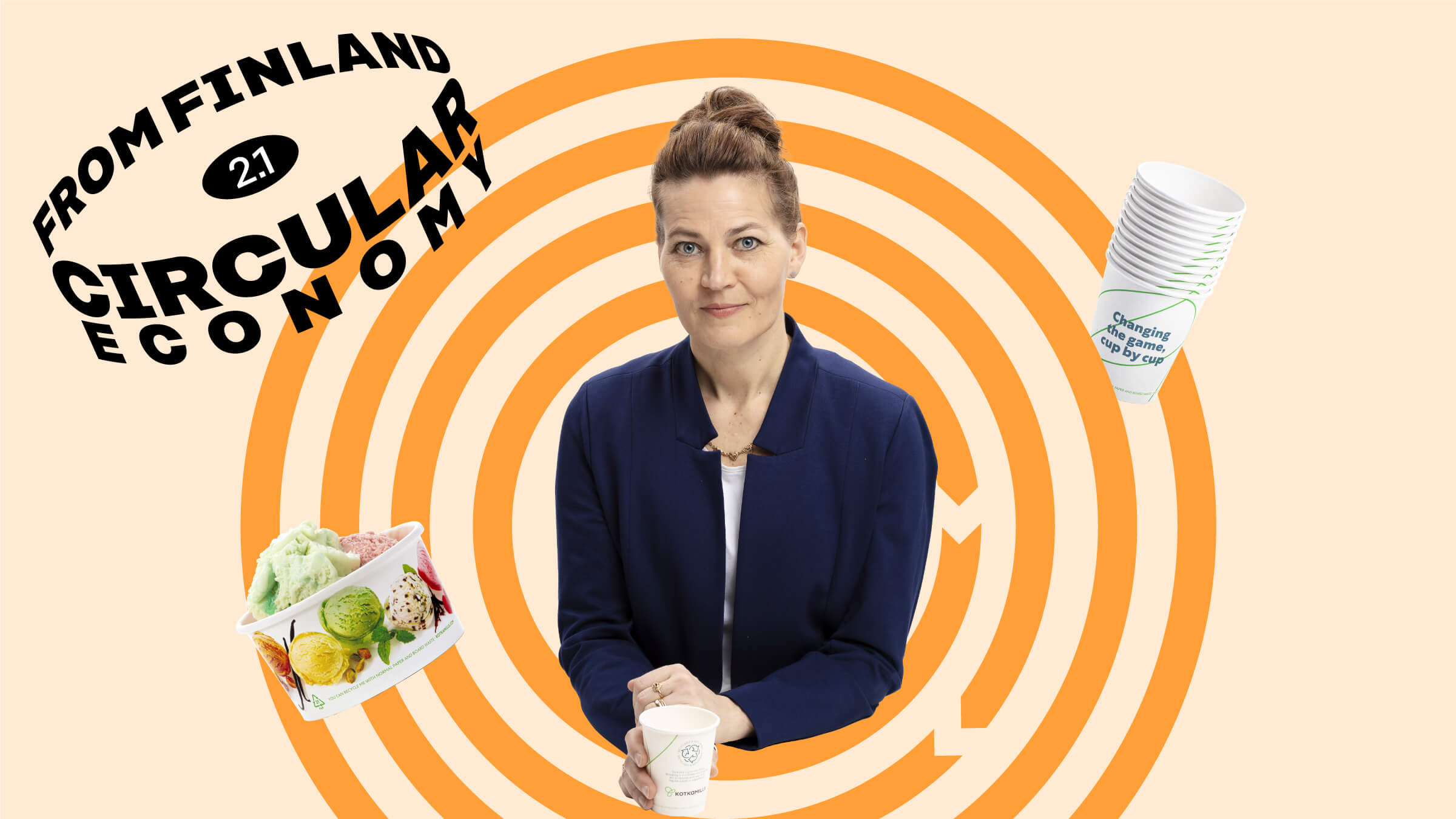“The circular economy has always been one of the starting points of our operations. We make paper from the sawdust generated by our own sawmill and other nearby sawmills and use the wood chip side stream of the sawmill in the manufacture of paperboard. It is environmentally sustainable and economically sensible.
In 2016, we took a new step in the circular economy under the leadership of CEO Markku Hämäläinen. We began to produce paperboard with barrier properties, which means that the material is resistant to liquids and grease, for example. The board is easily recyclable and can replace plastics in packaging.
Currently, our circular economy model is based on several intertwining circular economy solutions. Of our product portfolio, Absorbex® Eco saturating kraft paper utilises recycled corrugated board (old corrugated containers, OCC) in addition to sawdust pulp as raw material. OCC is processed in our own fibre recycling plant into recycled fibre pulp. The final product, Absorbex® Eco is used in the production of high-pressure laminates for the construction and furniture industry, among other applications.
Consumer packaging solutions providing sustainability values are of growing interest.
Paperboard is suitable for a wide range of packaging. Companies in our value chain have established their own sustainability goals in which circularity plays an important role. Consumer will travels back through the brand owners and the converters and then finally onto us as a raw material producer. In everyday life, consumers can see our paperboard in the food service packaging used at several large public events and in the paper cups used in the Lavazza coffee vending machines.
Getting a new product onto the international market does not happen quickly. The waste-management systems, operating practices and statutes in different countries vary. Often, no circular economy structures exist and they have to be created. A circular transition will not succeed without co-operation with other operators in the value chain. Fortunately, paper and paperboard are easy to recycle, whereas the recycling of composite materials is still more difficult.
We are all in the same boat in this sector and work together to promote the reconciliation of statutes and systems. A good example is the 4evergreen alliance that boosts the recycling of fibre-based packaging. Through collaboration, we will be able to further increase the recycling rate of paper and paperboard, which is already remarkably high in many countries.”










Suosittelemme
Vielä yksi